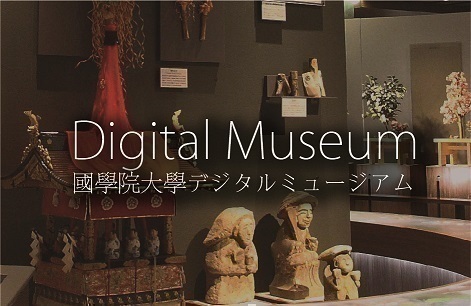- トップ
- Encyclopedia of Shinto
- Motoori Haruniwa
Encyclopedia of Shinto
| Main Menu: | |
| Links: |
詳細表示 (Complete Article)
| カテゴリー1: | 8. Schools, Groups, and Personalities |
|---|---|
| カテゴリー2: | Personalities |
| Title | Motoori Haruniwa |
| Text | (1763-1828) Scholar of National Learning (kokugaku) of the late Edo period. His common name was Kenzō, later Kentei, and he had the epistolary name Nochisuzunoya. The eldest son of Motoori Norinaga, he was born in 1763 in his mother's birthplace, the city of Tsu in Ano District, Ise Province (present-day Tsu City, Mie Prefecture), and raised in Matsusaka in Iitaka District (present-day Matsusaka City in Mie Prefecture). While responsible for overseeing the transcription of his father's texts and the production of woodblock editions of the Kojikiden and Norinaga's other works, Haruniwa excelled in studies of kokugaku, inspiring great expectations about his future. In 1791, however, he fell ill with an eye disease, and though Norinaga and the disciples of the Motoori Suzunoya academy sought to aid his recovery, Haruniwa went blind in 1794 at the age of thirty-two. He thereafter traveled to Kyoto, where he received acupuncture treatment, and following his return to Matsusaka, he opened an acupuncture practice, married his wife Iki, and with the help of his younger sister Mino and other family members continued his kokugaku studies, which centered on linguistic research. When the Motoori clan was commissioned in 1801 as retainers to the Wakayama domain, however, it was impossible for Haruniwa to inherit the leadership of the family estate. The family thus turned to Inagake Ōhira to fulfill the responsibilities of this position. When Norinaga died the following year, Ōhira was officially given the family name and inheritance of the Motoori, and went into service to Wakayama Domain; Haruniwa thus became Motoori Ōhira's dependent. As Norinaga's eldest son, however, Haruniwa served intermittently as mentor to his father's disciples, and in 1806 completed a landmark treatise on the history of scholarship on verb conjugation entitled Kotoba no yachimata (published in 1808) that had a great impact on the scholarly world. When Ōhira transferred to Wakayama in 1809, Haruniwa opened the Nochisuzunoya (Latter Suzunoya Academy), maintaining the Suzunoya school in Matsusaka and training new disciples. In 1828 he released his work Kotoba no kayoiji, an investigation of the function of verbs from a variety of different views. Haruniwa's academy, termed the Yachimata School by its exponents, produced such superior scholars of linguistics as Togashi Hirokage and Tōjō Gimon. Haruniwa died in 1828 at the age of sixty-six. He was given the posthumous Buddhist ordination title Meishō'in Tsūgondōei Koji and the posthumous name Nochinosuzunoya Haruniwa-okina, and was interred at the Motoori family temple Jukeiji in Matsusaka. In addition to the works mentioned above, Haruniwa authored Nochisuzunoyashū (Collected Works of the Latter Suzunoya) and Kado no ochiba (Fallen Leaves at the Gate), among others. - Mori Mizue |




